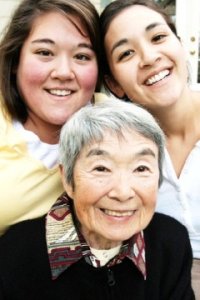To understand endocrine activity and illnesses we need to first understand how Ovulation and anovulation affect the body. We also need to understand how ovulation changes with age. A 16 years old girl will likely not suffer the same endocrine issues as a post menopausal woman of 60.
Puberty (approximate age 11-15 years)
Puberty is the change from childhood to sexual maturity. In 1850, most girls experienced puberty around 17. In 1950, most girls experienced puberty around 13. Today, girls as young as 6 years old are developing breasts, and frequently some begin menstruating by the ages of 8-11.
Puberty begins when the hypothalamus in the brain releases gonadotropin-releasing hormone (GnRH) to tell the pituitary gland to release gonadotropins. The gonadotrophins (luetenizing- hormone(LH) and Follicle-Stimulating Hormone (FSH) wake up the ovaries, which in turn produce
the hormone estradiol which stimulates the growth of breast tissue and maturation of the reproductive organs. The adrenal glands then produce androgens to start the growth of pubic hair.
Menstruation follows about one to three years later, when estrogen and progesterone start cycling
on and off monthly. Often it can take 3-5 years before pubescent girls menstrual cycles settle into a regular and predictable pattern.
Young Adulthood ( 15 – 35 years)
Ovulatory disturbances in this phase of a woman’s reproductive life result in diminished production of progesterone. The most common effect is premenstrual syndrome (PMS), also called premenstrual tension or PMT) a week or two before your period.
About 85% of women experience at least one of these signs and symptoms of PMS during their reproductive life:
- Acne
- Swollen, tender breasts
- Fatigue
- Sleep disturbance
- Digestive troubles, like diarrhea, constipation, bloated abdomen, food cravings, or indigestion
- Headache
- Backache
- Mood swings and crying spells
- Psychological problems, like depression, trouble remembering, in- ability to concentrate, irritability, anxiety, or feeling tense
Symptoms abate after bleeding starts. PMS is best addressed by the use of a progesterone cream from day 12-26 of the cycle. Left untreated, PMS can develop into a more serious disorder, called Premenstrual Dysphoric Disorder (PMDD).
About 10% of young women develop endometriosis (endo), a hormonal imbalance and immune dysfunction where the lining of the uterus (endometrium) grows outside the uterus. Endometrial tissue can travel to the bladder, bowel, lungs or other organs, and sheds during menstruation. The initial symptoms are similar to PMS, but get worse over time. Suspect endometriosis if you have pain after sex, or with bowel movements or urination during your period.
If untreated, severe endometriosis can lead to infertility due to scar tissue. Endometriosis is closely linked to a failure to ovulate and an under production of progesterone.
You are more likely to develop endometriosis if:
- You had an early puberty
- A close relative has it (mother, sister or aunt)
- You have heavy periods lasting more than 7 days
- Have a short cycle of 27 days or less
Depending upon the severity of the endometriosis treatment options can vary. Initial management of endometriosis is best addressed by the use of progesterone cream from day 12-26 of the cycle.
Young women may also develop Polycystic Ovary Syndrome (PCOS), which occurs when the woman produces:
- Low levels of follicle stimulating hormone (FSH), so her eggs are underdeveloped and she fails to ovulate, and
- Constantly high levels of luteinizing hormone (LH), instead of a mid- cycle surge of LH, and
- High levels of male androgens, often resulting in obesity, abnormal male-pattern hair growth (hirsutism) and acne
The eggs cannot burst free from the ovary in women with PCOS. Instead, they form painful, liquid-filled sacs called cysts. A woman with PCOS may ovulate intermittently or not at all. She may menstruate unpredictably or not at all. She is estrogen dominant due to an overall progesterone deficiency due to the failure to ovulate. PCOS is best addressed by the the use of progesterone (ProFeme® 3.2%) cream from day 12-26 of the cycle.
Perimenopause (mid 30’s onwards)
Perimenopause is the slowing down of your reproductive hormones, estrogen, progesterone, and testosterone from age 35 onwards. Your ability to become pregnant decreases. You may skip menstrual periods. Your flow changes and may become either heavier or lighter. If your periods were very regular, they may become irregular.
Remember that even though you ovulate erratically during perimenopause, you still can become pregnant. Contraceptive measures need to be used because your fertility is unpredictable during this time. Often the use of estrogen-based oral contraceptives (the Pill) will exacerbate perimenopausal symptoms due to estrogen dominance.
Your interest in sex may diminish – low libido. You may develop night sweats. You may experience a lack of concentration and poor short term memory. Your waist thickens. You could leak urine or have more bladder infections. If the diaphragm was your birth control method of choice, its rim may now aggravate your bladder. Your vagina may feel dry, so sex can be painful (dyspareunia).
The discomfort of perimenopause can last for years.
Perimenopausal symptoms are due mostly to declined progesterone levels due to diminished or an absence of ovulation. Most perimenopausal symptoms are best addressed by the the use of progesterone cream from day 12-26 of the cycle if the cycle is still regular or for 3 weeks in every four if irregular. You can use ProFeme® 3.2% or ProFeme® 10% cream. The 10% cream may be required if menstrual bleeding is very heavy.
Menopause
Menopause marks the end of childbearing. It occurs when ovulation and menstrual periods cease for at least 12 months and the woman becomes permanently infertile. Most women experience menopause at age 45-55.
Postmenopausal bleeding is a very serious symptom that may be associated with cancer of the uterus. See your doctor if you experience uterine bleeding after the change of life. Menopause is a time in a woman’s life of great changes both physically and emotionally.
Understand more on Ovulation and Anovulation:
What is Ovulation and Anovulation?
What is a normal menstrual cycle?
More serious medical conditions associated with Anovulation
 The information in this article has been taken with permission from the official Lawley booklet on Understanding Anovulation.

